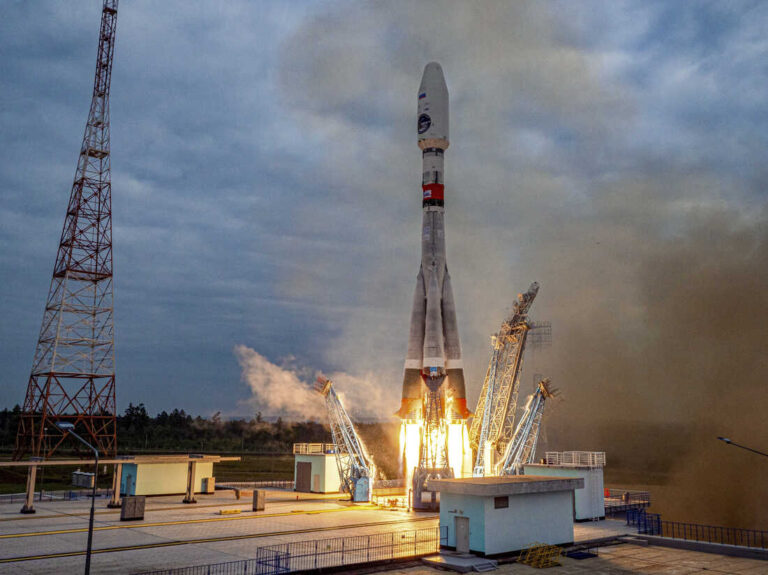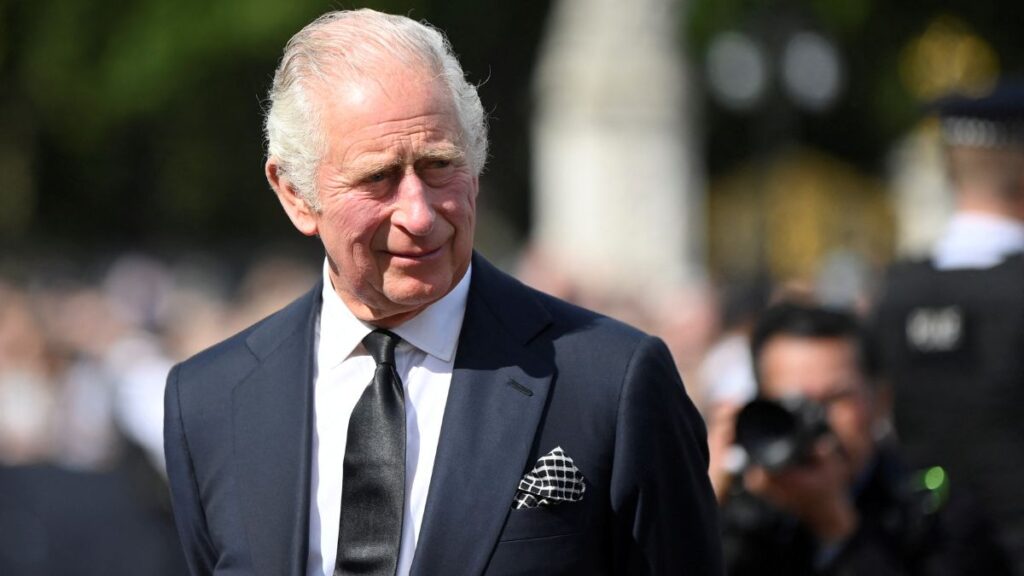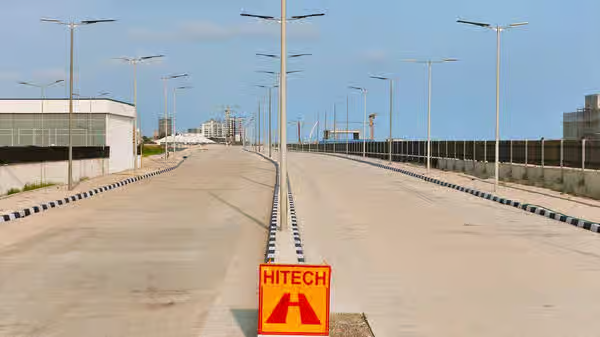Russia’s Luna-25 spacecraft has crashed into the Moon after spinning out of control, officials say.
It was Russia’s first Moon mission in almost 50 years.
The unmanned craft was due to be the first ever to land on the Moon’s south pole, but failed after encountering problems as it moved into its pre-landing orbit.
It was set to explore a part of the Moon which scientists think could hold frozen water and precious elements.
Roscosmos, Russia’s state space corporation, said on Sunday morning that it had lost contact with the Luna-25 shortly after 14:57pm (11:57 GMT) on Saturday.
“The apparatus moved into an unpredictable orbit and ceased to exist as a result of a collision with the surface of the Moon,” it said in a statement.
The loss of Luna-25 is a blow to Roscosmos. Russia’s civilian space programme has been in decline for several years, as state funding is increasingly directed towards the military.
Russia was racing to the Moon’s south pole against India, whose Chandrayaan-3 spacecraft is scheduled to land on there next week.
Once Chandrayaan-3 lands, it will take a few hours for the dust to settle before the six-wheeled rover will crawl out and roam around the rocks and craters on the Moon’s surface, gathering crucial data and images to be sent back to Earth for analysis.
The Luna-25 craft launched from Vostochny Cosmodrome in the far eastern Amur region of Russia on 11 August.
It was expected to make history by making a soft landing on Monday or Tuesday, just days before the Indian touchdown.
Luna-25 was Russia’s first Moon mission since 1976, when it was part of the Soviet Union. That mission, Luna-24, also landed on the Moon.
The surface area of the Moon’s south pole that remains in shadow is much larger than on the Moon’s north pole, which makes finding water more likely.
BBC



























